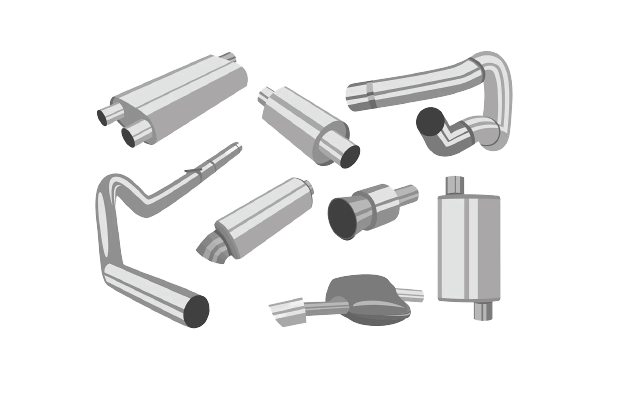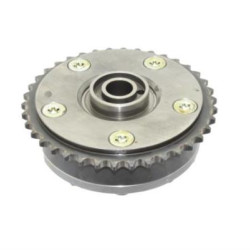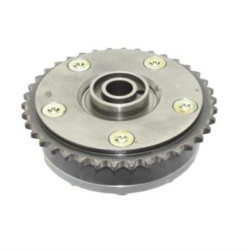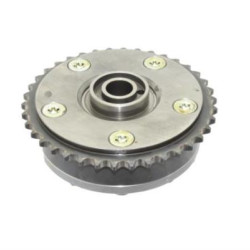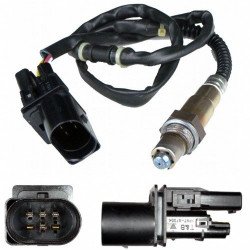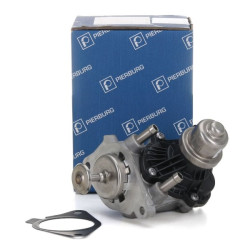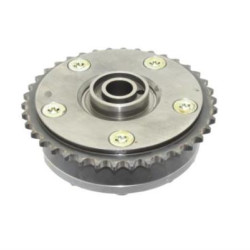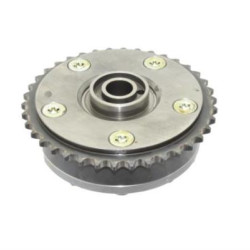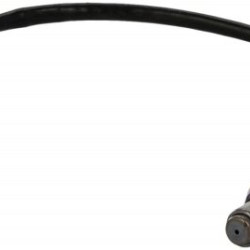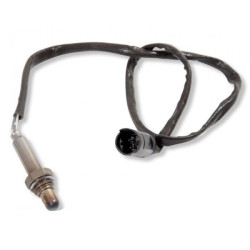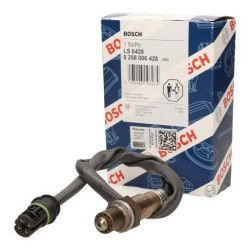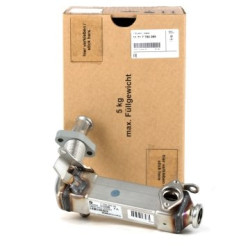BMW Exhaust System
The BMW Exhaust System is the name given to the system that helps to discharge the burned gases from the engine in vehicles.
BMW Exhaust System: Features, Operating Principles, and Performance
BMW's exhaust system is a complex series of components that optimize vehicle performance, efficiency, and emission control. The exhaust system ensures the safe and effective expulsion of gases produced during the engine's combustion process. In this article, we will examine the features, operating principles, and effects on performance of the BMW exhaust system.
Structure and Features of the Exhaust System
The BMW exhaust system consists of a series of important components designed to ensure the efficient operation of the engine and reduce harmful emissions to the environment. Here are some of these components and their features:
Exhaust Manifold: This part collects the exhaust gases from the engine's cylinders and directs them to the exhaust pipe. BMW's exhaust manifolds are designed to minimize flow resistance and allow gases to be expelled quickly.
Catalytic Converter: This part converts exhaust gases into harmless compounds, significantly reducing harmful emissions. BMW meets emission standards and supports environmental protection by using high-efficiency catalytic converters.
Mid Muffler and Rear Muffler: These components reduce the noise of exhaust gases and ensure the vehicle operates quietly. BMW's mufflers are optimized to enhance both performance and driving comfort.
Exhaust Pipe: This is the pipe that expels exhaust gases from the vehicle. BMW exhaust pipes are made from durable materials like stainless steel and provide long-lasting performance.
Operating Principles
The BMW exhaust system goes through a series of stages to ensure the engine operates efficiently and cleanly. Here is a step-by-step explanation of this process:
Combustion Process: A mixture of fuel and air burns in the engine's cylinders, producing exhaust gases. These gases are directed to the exhaust manifold under high pressure.
Collection and Direction of Gases: The exhaust manifold collects the gases from the cylinders and directs them to the catalytic converter. This process ensures the rapid and effective transport of gases.
Emission Control: In the catalytic converter, harmful gases are converted into less harmful compounds through chemical reactions. This process reduces harmful emissions such as carbon monoxide, hydrocarbons, and nitrogen oxides.
Noise Reduction: The gases pass through the mid and rear mufflers, reducing noise. This allows the vehicle to operate more quietly and enhances driving comfort.
Expulsion of Gases: The processed gases are expelled through the exhaust pipe. This pipe ensures the safe removal of gases from the vehicle.
Performance and Efficiency
The BMW exhaust system is designed to enhance engine performance and efficiency. Here are the effects of this system on performance:
Increase in Power and Torque: Optimized exhaust flow allows the engine to operate more efficiently. This results in higher power and torque production.
Fuel Efficiency: The effective operation of the exhaust system allows the engine to consume less fuel. This increases fuel efficiency and provides vehicle owners with an economical driving experience.
Emission Reduction: High-efficiency catalytic converters and other emission control components minimize the release of harmful gases into the atmosphere. This reduces environmental harm and provides a more eco-friendly driving experience.
Driving Comfort: Mufflers and other noise reduction components ensure the vehicle operates more quietly. This enhances driving comfort and makes journeys more enjoyable.
Conclusion
The BMW exhaust system is a critical series of components that enhances engine performance and efficiency while reducing harmful emissions. Produced using high-quality materials and advanced technologies, this system ensures the vehicle offers long-lasting and reliable performance. BMW's engineering expertise ensures the optimal functioning of every component of the exhaust system, making every driving experience top-notch. The BMW exhaust system maximizes driving pleasure while minimizing its impact on the environment.
 Türkçe
Türkçe
 English
English
 Русский
Русский

